Welcome to RanthamboreTigerReserve.in! Operated by Jungle Safari India, we’re a private tour company dedicated to creating personalized travel experiences in and around Ranthambore National Park, Rajasthan. From safari permits (as per official availability) to stay arrangements and travel services, we take care of every detail so you can simply enjoy your adventure. Please note, we are not the official government site, but we provide trusted assistance and complete packages for an unforgettable Ranthambore Tiger Reserve visit.
Our Services In
Ranthambore National Park
.jpg)
Gypsy Safari Booking

Chambal Safari Booking
.jpg )
Hotel Booking
.jpg)
Tour Package Booking
About Ranthambore Information
Key Information About Ranthambore
| Location | Sawai Madhopur, Rajasthan, India |
|---|---|
| Established | As a wildlife sanctuary back in 1995, then came under Project Tiger in 1973, and lastly a National Park in 1980. |
| Total Area | 1,334 square kilometers |
| Major Fauna | Bengal Tigers, Leopards, Sloth Bears, Caracal, Striped Hyenas, Wild Boar, Chital, Sambar Deer, Jackals, Nilgai, Indian Python, Indian Bullfrog, Butterflies, etc. |
| Different Safaris | Canter Safari, Gypsy Safari and Boat Safari |
| Safari Timings | Morning and Evening Safaris are allowed here. |
| Major Attractions Inside | Ranthambore Fort, Raj Bagh Ruins, Lakes, Trinetra Ganesh Temple, Jogi Mahal |
| Nearest Railway Station | Sawai Madhopur Railway Station |
| Nearest Airport | Jaipur International Airport |
| Safari Zones | In Total 10 Safari Zones |
| Climate Difference | From October to March, the park remains pleasant. From April to June, the park remains hot and dry and in July, August, September - it experiences rainfall. |
| Bird Species | Over 300 species of resident and migratory Birds. Major ones are Peacock, Great Horned Owl, Kingfisher, Painted Stork, Eagle, Vulture, Pelican etc. |
| Forest Type | Deciduous Forest with trees like Bija, Teak. Moist Deciduous Forest with species like Indian laurel, Arjun. Mixed Forest and Grasslands. |
| Conservation Efforts | Anti-Poaching Measures, Habitat Improvement, Community Involvement, Monitoring and Research, Awareness Campaigns, Infrastructure Development, Relocation of Villages |
About Park
Ranthambore National Park

Ranthambore National Park is a scenic wild place in Rajasthan that is famous among people because of its huge population of Bengal Tigers. This is one of the largest and oldest national parks in Northern India and people come here to see different plants and animals. This wild park was established back in 1980 and it covers a huge area of 1,334 square kilometers. This park was named Ranthambore because of the Ranthambore Fort that is located inside this beautiful park. Ranthambore National Park has a good number of Bengal Tigers and they can easily be spotted here. Because of this, many people come here as the chances of tiger sightings in this park are high compared to other parks.
Not only tigers, but this park is also a home for leopards, sloth bears, hyenas, wild boars, sambar deer, and chital among others. Birdwatchers can also come to this huge park for birding as this park is home to almost 300 species of resident and migrated birds. Some of the common birds found in this beautiful park include Kingfisher, Painted Spurfowl, Sarus Crane, large Cormorant, Bronzed winged Jacana, Sandpiper, Nightjar, Great horned owl, Painted Sandgrouse, and many others.
The animals and birds of Ranthambore live freely without worrying about food and water because the park has a blend of deciduous forests, open grassy meadows, and rocky ridges. There are also several river and water bodies inside it which provides enough water for the wildlife living in it. Furthermore, there is a historical fort inside this park which is known as Ranthambore Fort. This fort is another attraction of this beautiful and wild Ranthambore National Park and it was built back in the 10th century. This is a UNESCO World Heritage Site and people can see good views from here. Several temples, mosques, and ancient structures can also be seen from the Fort.
People can enjoy watching the beautiful birds, wild animals,, and other attractions of the area by making a Ranthambore National Park Booking. The park offers various types of safaris to enjoy a thrilling ride inside the park. Tourists can make a Ranthambore National Park Booking for canter, gypsy, or boat safari and enjoy the adventure of watching the plants, animals, and birds in their natural homes.

80+
Tiger

167+
Leopard

320+
Bird Species

100+
Sloth Bears
Best Time To Visit
Ranthambore National Park Rajasthan remains open from Oct to June.
The winter months, from October to December is the best time to visit Ranthambore National Park. The months from October to April give the best chances of spotting tigers because they remain active during these months.
It is because this is the mating time of tigers. For visiting Ranthambore National Park Rajasthan, the tourist needs to make Ranthambore National Park Bookings in advance to avoid hassle at the time of arrival. For wildlife lovers, this place is a perfect treat. The heritage of this place, the chirping of the birds, and the predominance of some of the rarest species of both flora and fauna make this place no less than a heaven.
The Park remains closed during monsoon season.
Project Tiger in Ranthambore

Ranthambore National Park history dates back to the 10th century. This park is a famous wild place and it got its name from the Ranthambore Fort which is located inside its boundaries. The fort has gone through many battles and rulers over the centuries and it adds to the historical charm of this scenic park. Previously, this famous park was a hunting ground for the Maharajas of Jaipur. Then in 1955, it started gaining popularity as a wildlife sanctuary. After that, in 1973, finally, it came under Project Tiger.
Project Tiger is basically an initiative that is taken by the government to protect the declining tiger population in India. This project was launched by the government of India back on April 1, 1973. The aim of this project was to conserve the declining population of tigers. Under this project, 9 tiger reserves were chosen and Ranthambore was one of them. The initiative of this project was to create a safe habitat for tigers and activities like poaching and hunting of tigers were banned under this. This project was also taken to aware people of the importance of tiger conservation.
The government has taken many initiatives and new steps to conserve the tigers such as Anti-Poaching Measures, Habitat Improvement, Community Involvement, Monitoring and Research, Awareness Campaigns, Infrastructure Development, Relocation of Villages, and many more. The combination of these efforts under the project tiger has contributed to the increase of tiger population in India and in Ranthambore National Park. Because of these efforts, this park has been made one of the most successful tiger reserves in India.
Featured Photo’s
Our Gallery
Where we're all about making spaces look and feel wicked cool. We're the brainy crew behind the scenes, whipping up awesome designs for your digs. Let's turn your place into a vibe-worthy masterpiece!
What To Do In Ranthambore Tiger Reserve
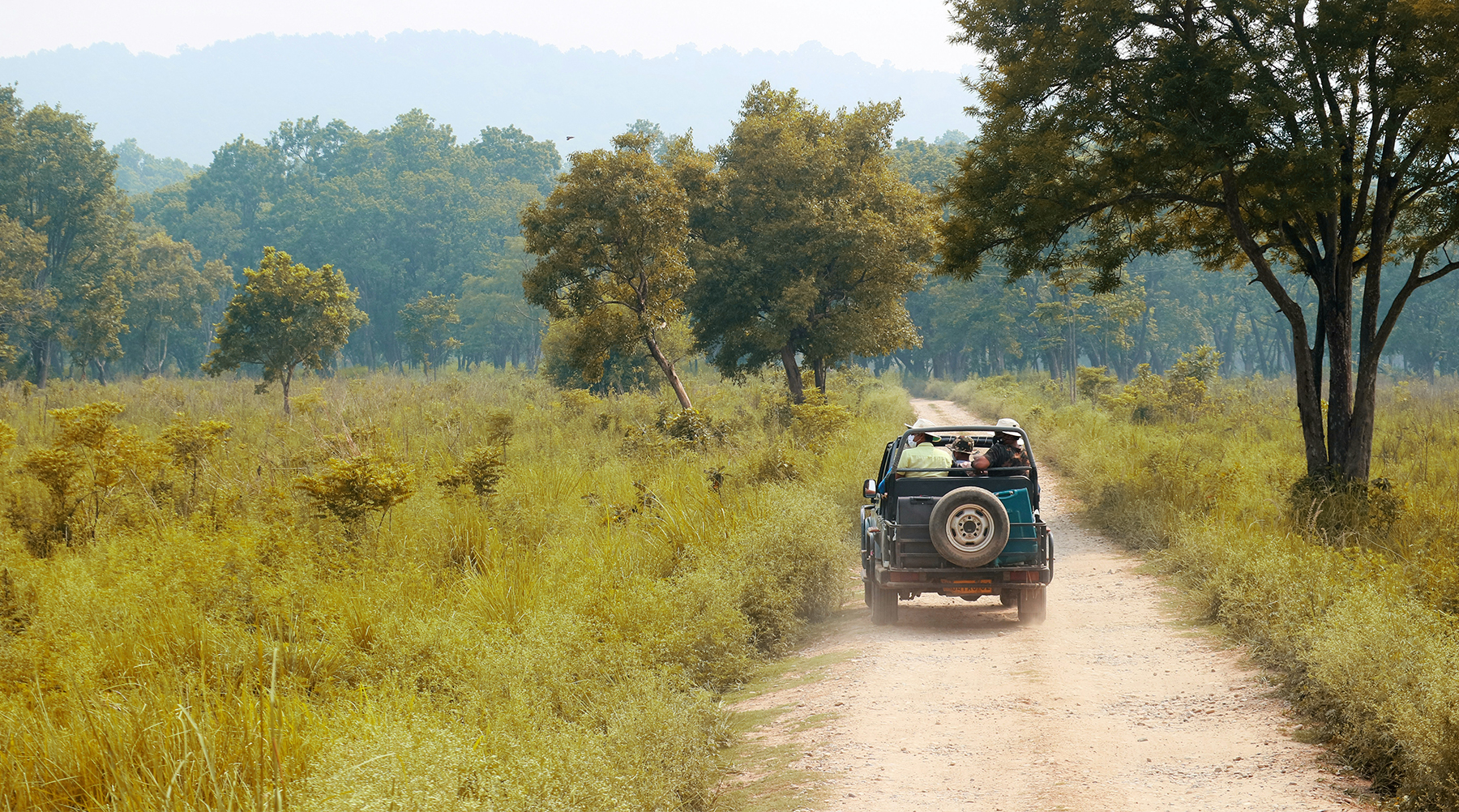
Safari Experience
People can enjoy going on a gypsy safari or canter safari in Ranthambore National park and they can enjoy the sighting of wild animals along with plants and birds.
Read more +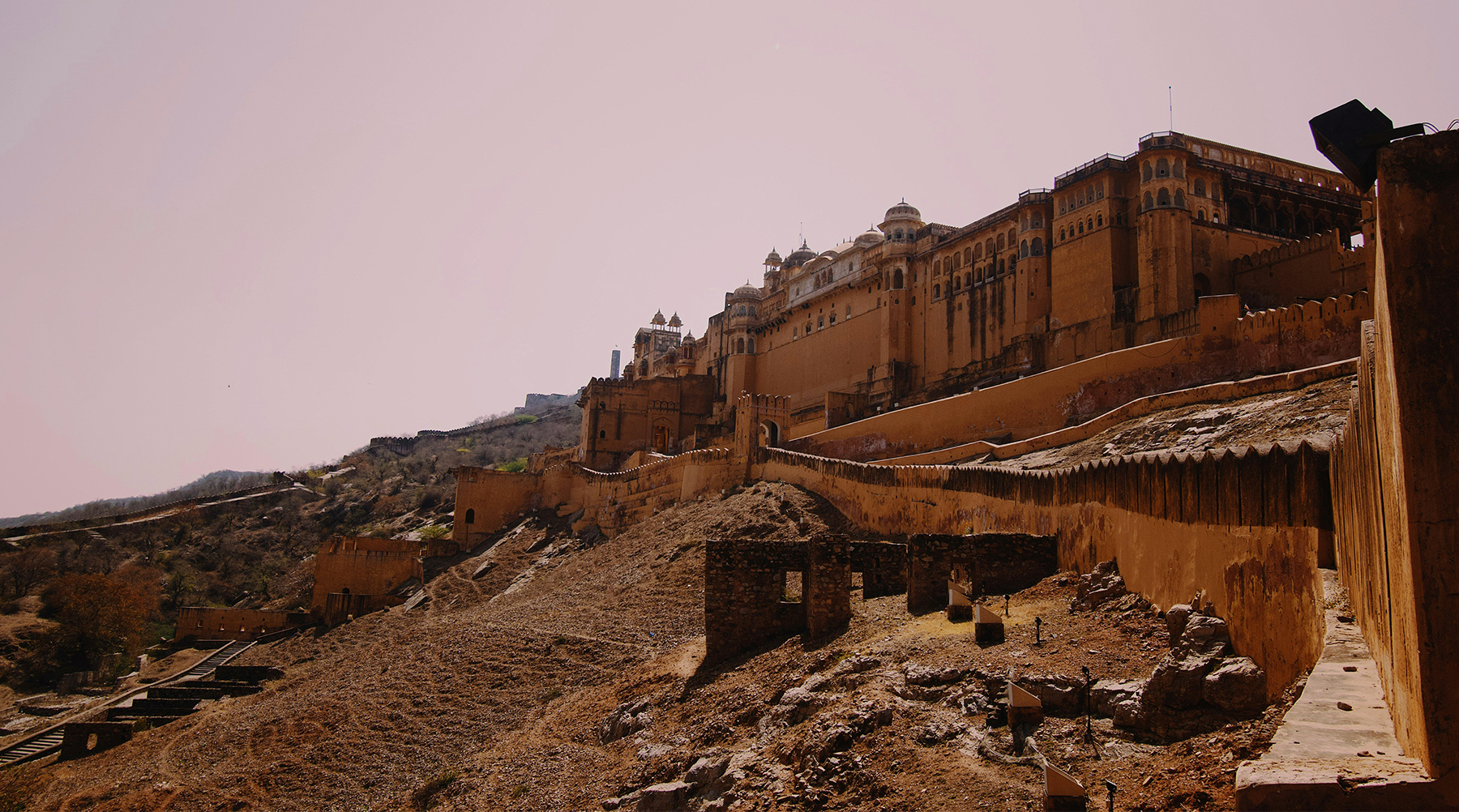
Ranthambore Fort
The tourists who come here can explore the famous Ranthambore Fort of this beautiful park. It’s a UNESCO World Heritage Site and it shows
Read more +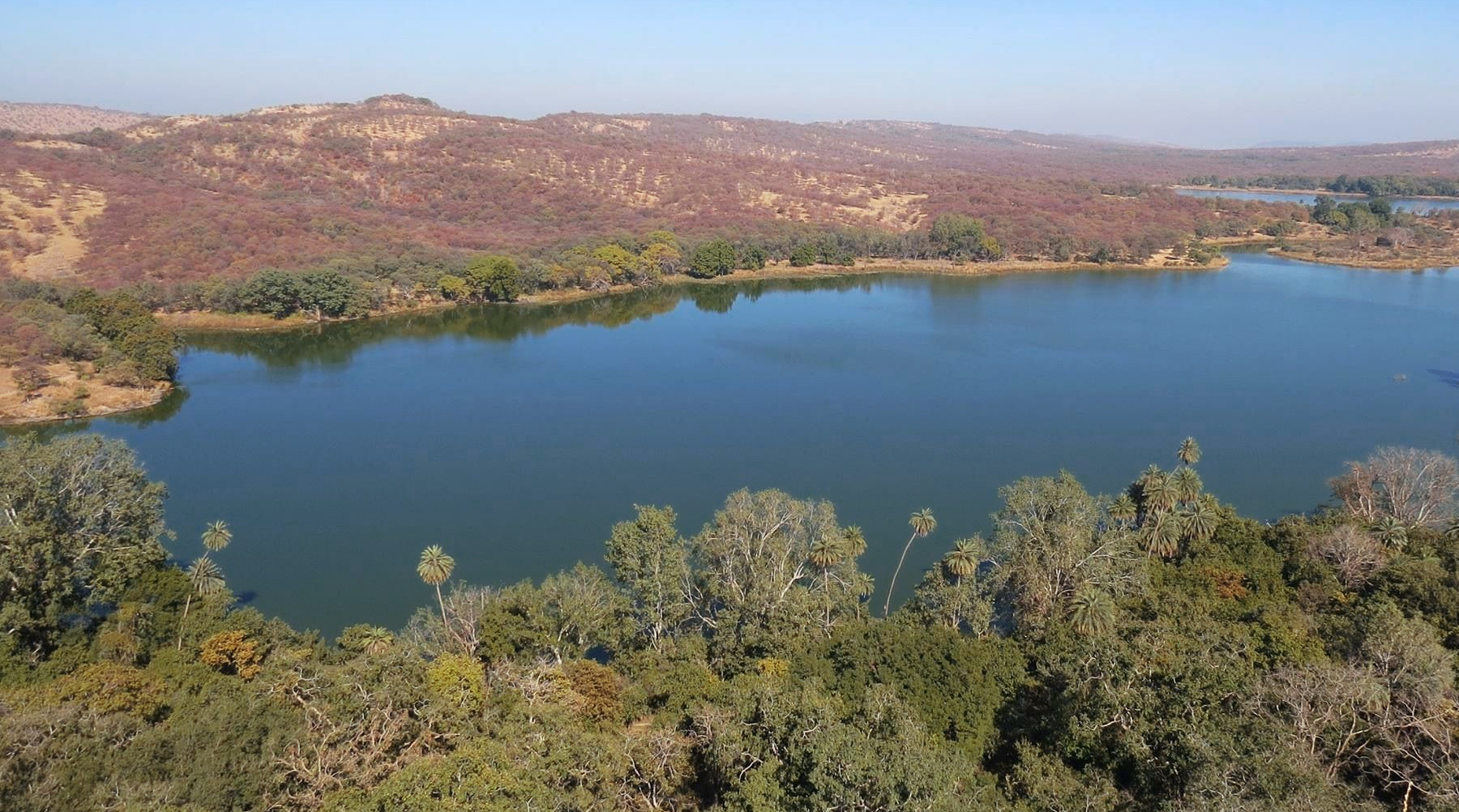
Kachida Valley
This valley is a beautiful spot inside the park and nature lovers will fall in love with it. This is on the edge of the park and a layer of lush thick greenery,
Read more +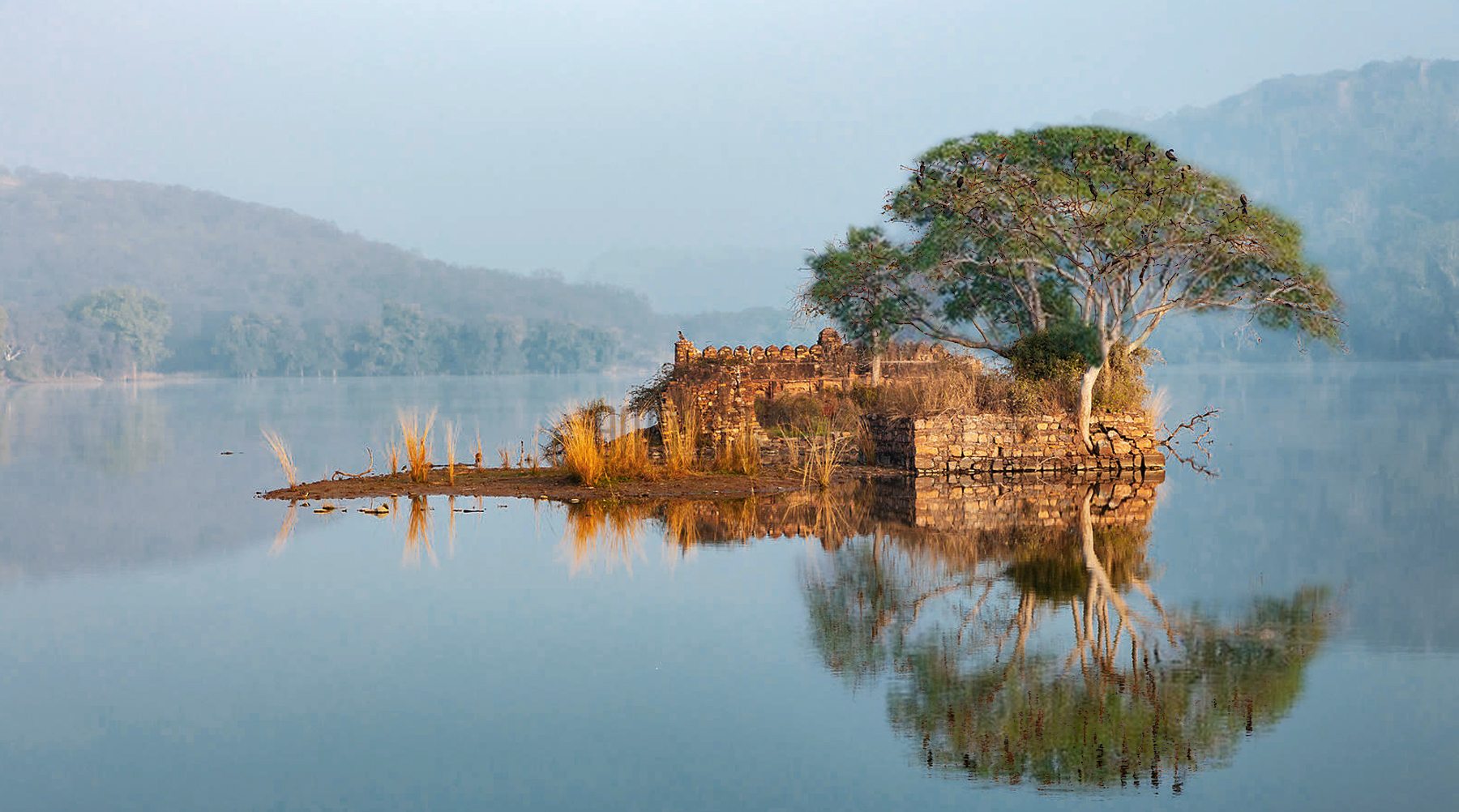
Padam Talao
Travellers can have a good time near this Padam Talao. They can refresh their mind and soothe their eyes with the views it offers. This lake is filled
Read more +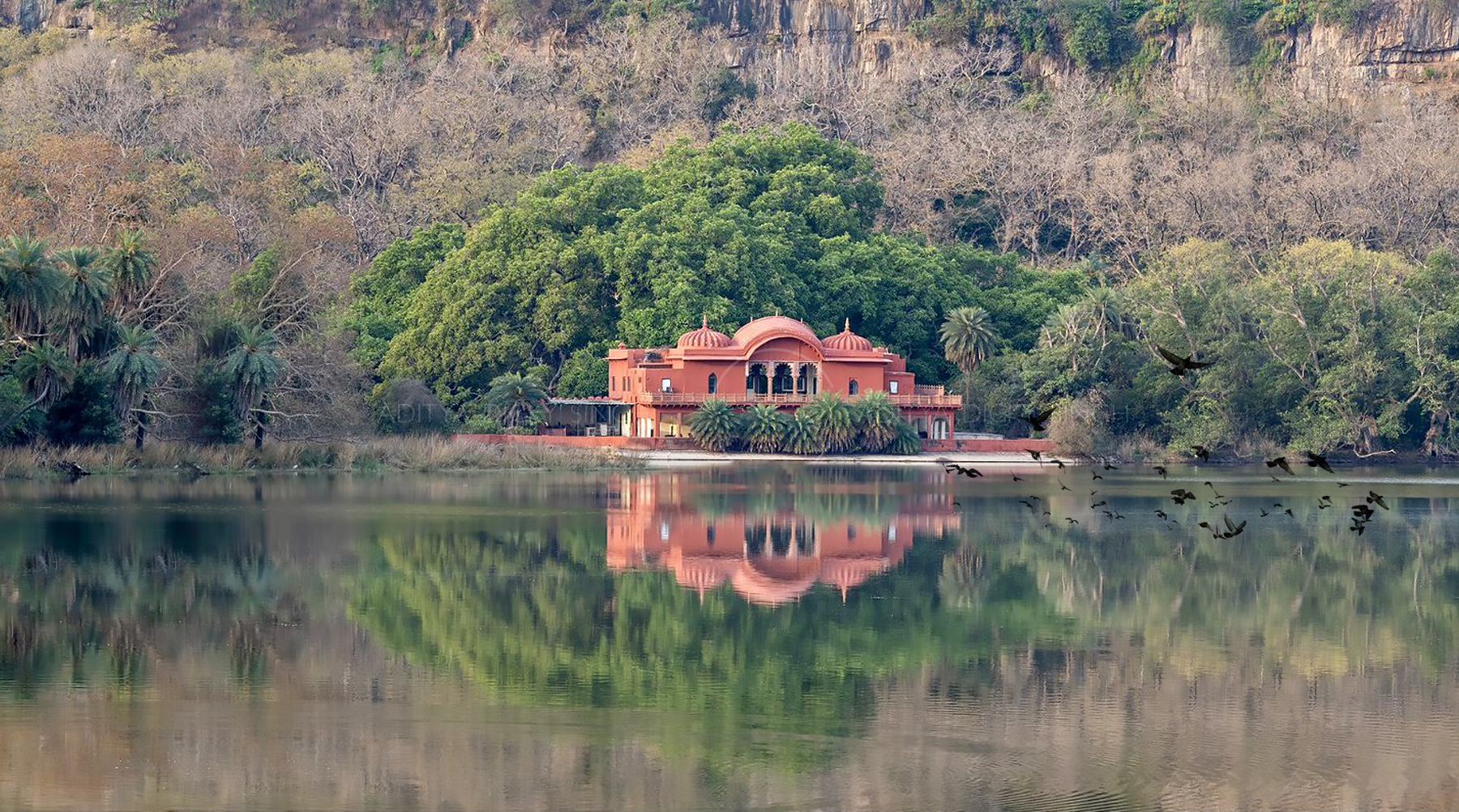
Jogi Mahal
Just beside the Padam Talao, the Jogi Mahal can be seen. This makes the view more scenic. This was once a resting abode by the Royals of Jaipur when they used to visit
Read more +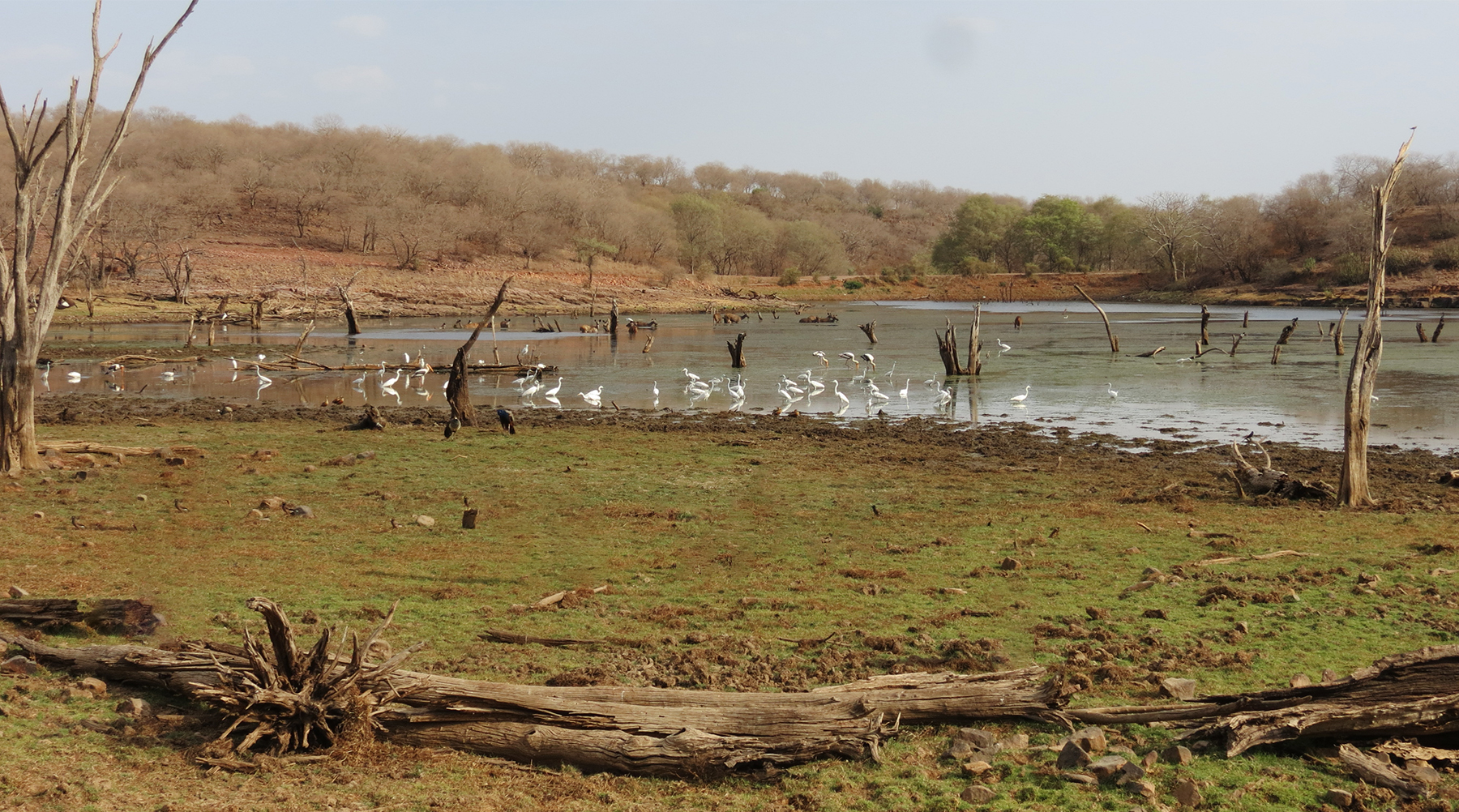
Malik Talao
Ranthambore National Park Rajasthan is filled with beautiful lakes which makes it a nice spot. One of the most beautiful lakes is Malik Talao. This one is a small lake and many green trees
Read more +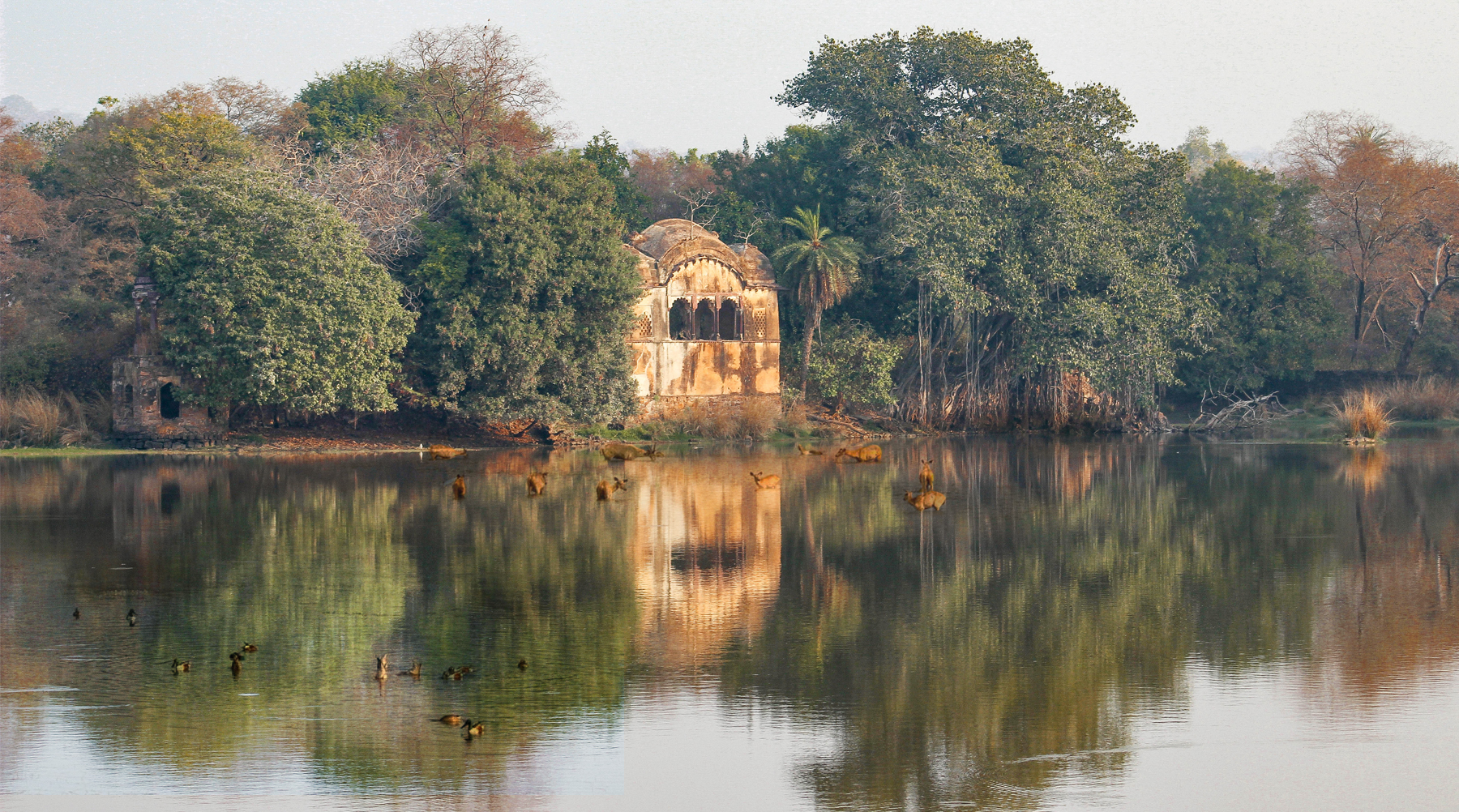
Raj Bagh Talao
This one is the most famous lake in Ranthambore National Park Rajasthan and it is a beautiful one. This lake is the prime location to spot a tiger or any other animal.
Read more +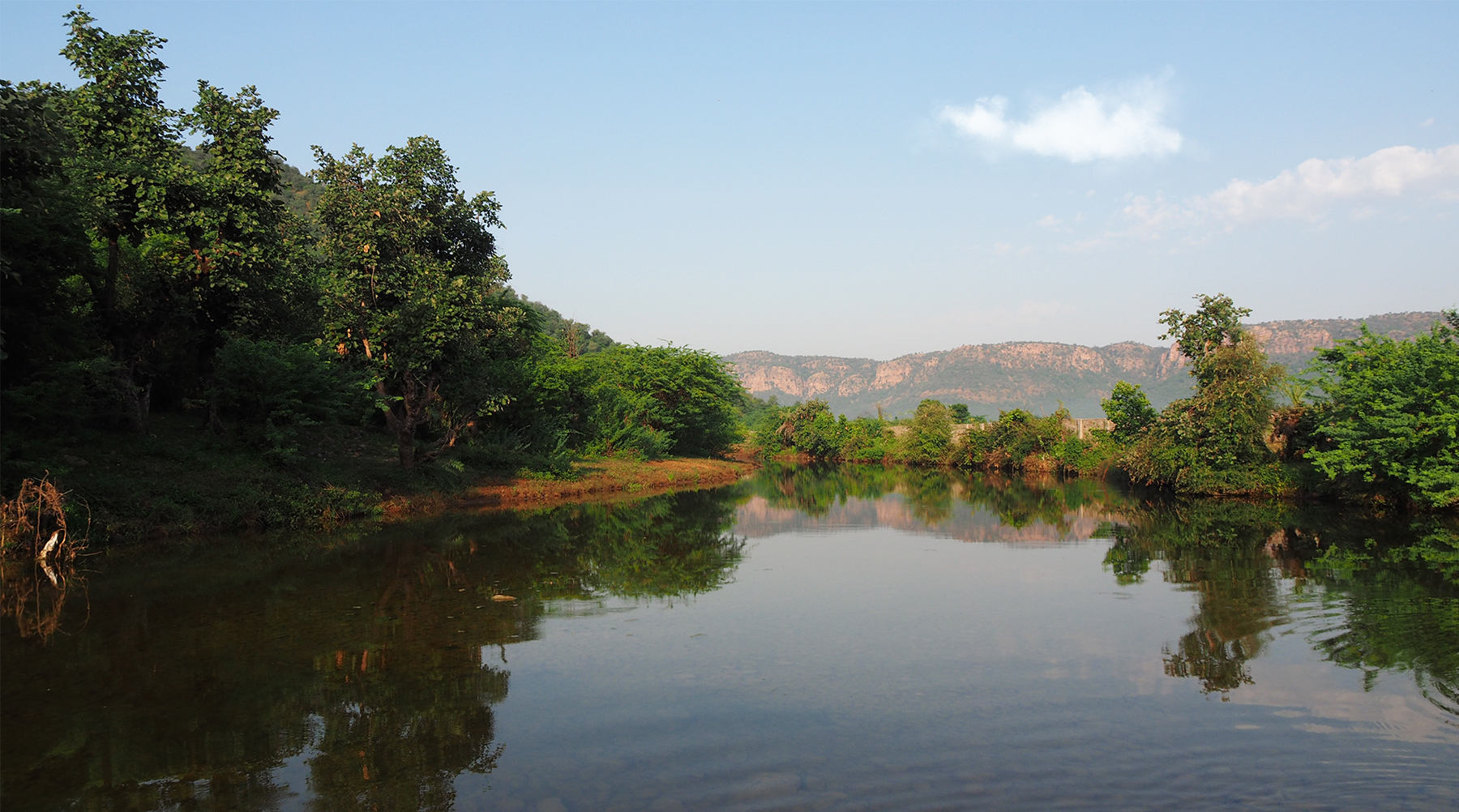
Raj Bagh Ruins
These ruins are the testimony of the historic and prehistoric era of Rajasthan. They are located between the famous Padam Lake and Raj Bagh Lake.
Read more +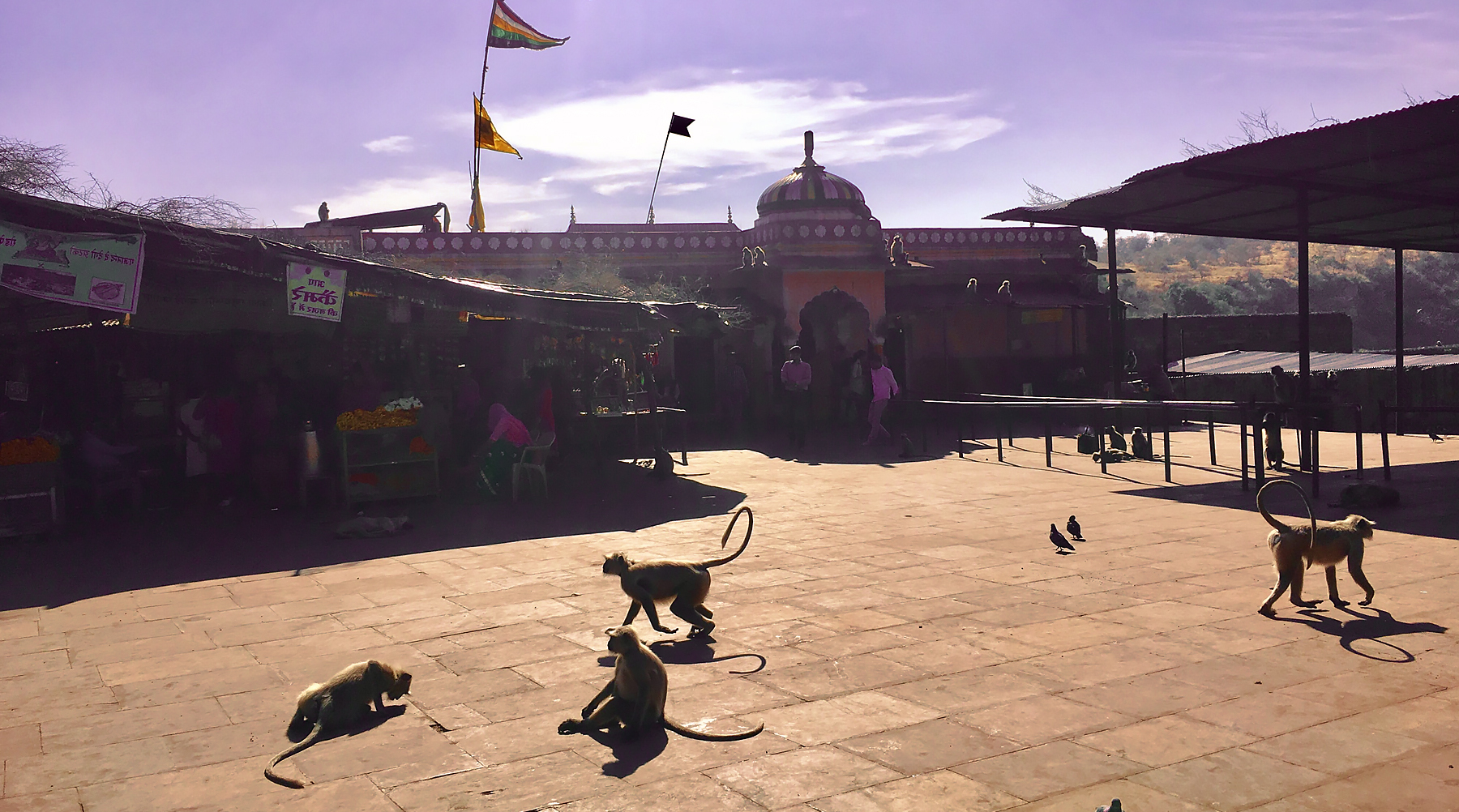
Trinetra Ganesh Temple
This temple is located inside the Ranthambore Fort and it is one of the oldest temples in Rajasthan. This is a popular attraction for the devotees of Ganesha and
Read more +Famous Tigers Of Ranthambore
| Tigers Name | Description |
|---|---|
| 1. MACHALI | The most famous tigress of Ranthambore National Park Rajasthan will always be Machali. She was the most captured tigress of Ranthambore and will always be remembered for her unique poses. The tiger code of Machali is T-16 and she was famous because she loved to pose for tourists. Because of her popularity, she was even featured in a movie “The World’s Most Famous Tiger” . This movie won a national award. Along with this, she was once mentioned in the book “Three Ways to Disappear”, by Katy Yocom. Unfortunately, this great tigress died on 18 August 2016. At that time, she was just 20. |
| 2. SUNDARI | The tigress Sundari is a famous Tigress and she is the daughter of Machali. The code of this tigress is T-17 and she gave birth to 3 cubs in 2019. She was born in 2006 and was named so because of her beautiful face. She was mostly seen in the zones 1 to 5. At present, she is dead. |
| 3. ROMEO | This tiger is a yearning lover and he always tries to catch the attention of Laila. The Tiger code is T-6 and he was mostly seen in zone 4 and 5. He was born in 2011 and at the age of just 9 years, he died. In his life, he always tried to attract Laila, and she in turn, attracted other tigers in the area and mated with them. |
| 4. LAILA | She is another famous tigress of Ranthambore National Park. Her Tiger Code is T-41 and she charms the tourists with her dalliance with T-6. She is alive at this time and she is mostly spotted in Zones 4 & 5. People who go to the park can identify her by the Diamond symbol on her body. |
| 5. DOLLAR | Another famous tiger of this wild park is Dollar. His tiger code is T-25 and he was named a dollar because he has a dollar-like symbol on his stomach. This tiger was also called Zalim because he was cruel and not particularly fond of humans. He chases the vehicles with humans in them and they get scared by his presence so they name him Zalim. This ferocious tiger of the park died back in 2020. |
| 6. Famous Deceased Tigers: | T-24 known as Ustad, T-39 known as Mala, T-41 known as Junglee, Bina One, Bina Two & T-28 known as Sitara. |







